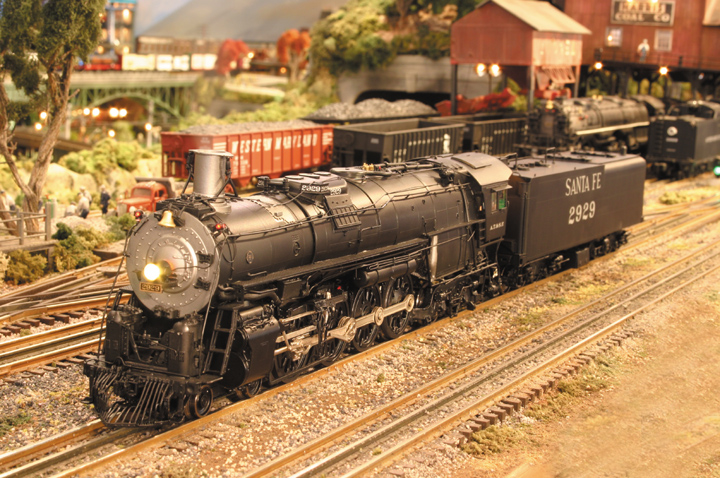You can easily research photos of the locos using:
http://www.rr-fallenflags.org/
Any bare surface that is too hot, such as a smoke box or fire box is covered with a slurry of graphite and oil to prevent oxidation (rust), since paint would not survive the high temperatures. So smoke box fronts are always Graphite to grey in color.
Boilers are covered with lagging of asbestos and a thin sheet of metal that is painted black. the thin sheet is protected from the intense heat, so it can be painted. in the case of the SF 2900, the lagging went all the way to the smoke box front.
But I only know this second hand.
Scott









